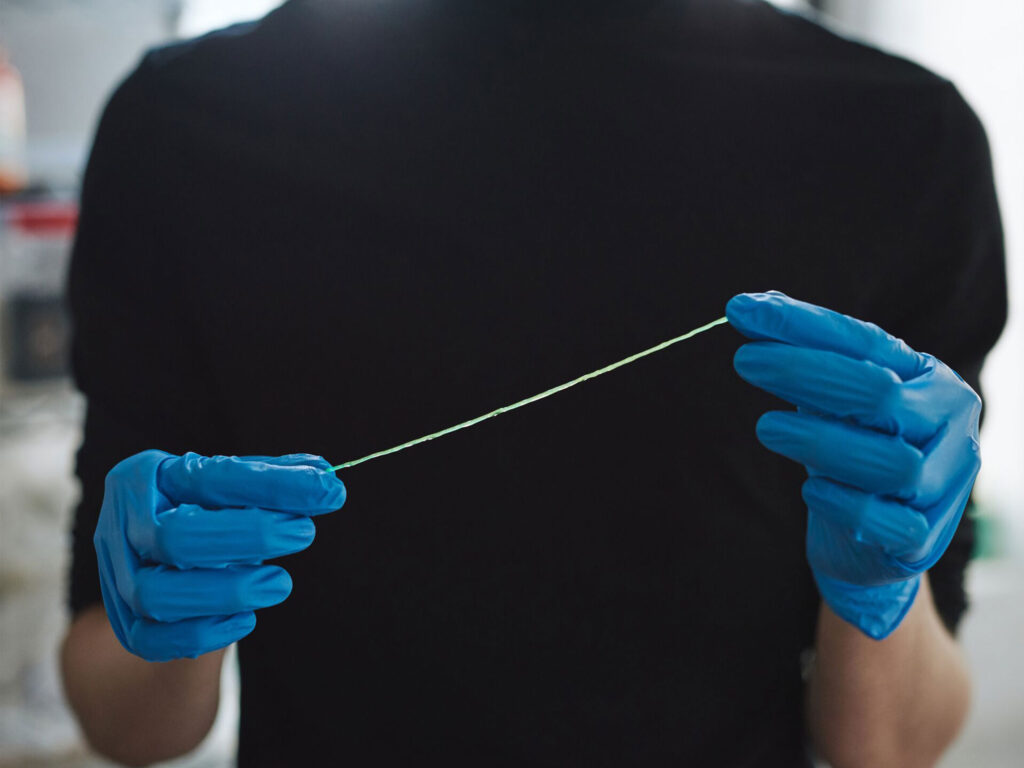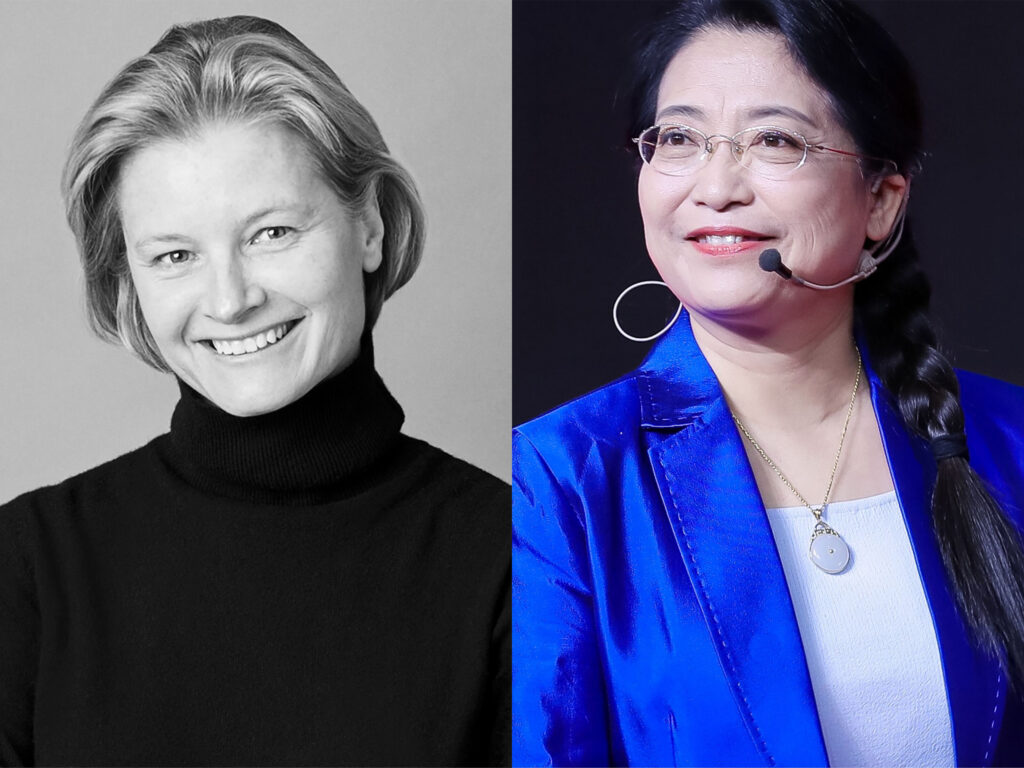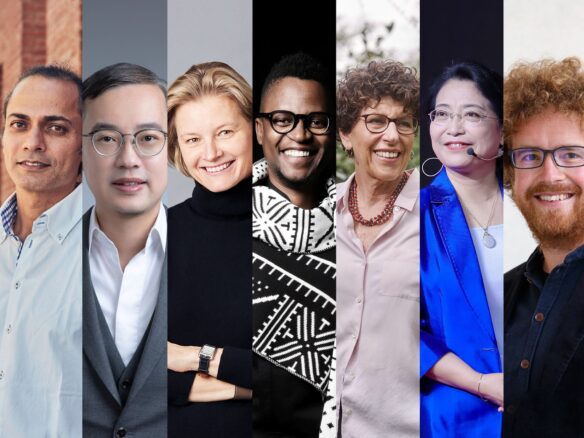
Key take-aways
- Dr. Lin Li, Director of Global Policy and Advocacy at WWF International, on the important role played by fashion innovators to cut the industry’s impact on biodiversity, and the positive actions that are leading to restored biodiversity around the world; including the first increase in tiger and Irrawaddy dolphin populations in decades.
- Caroline Brown, Managing Director at investment firm Closed Loop Partners, on capital as the enabler of innovation and the surge in early-stage solutions to fashion’s negative impact on the planet and its global commons — climate, water, oceans, land and biodiversity.
Tackling the threats to biodiversity
Every hour, day, week, month and year, humanity continues to push the natural world to its limits. Biodiversity is urgently threatened and demands collected global action. Although the path to a better natural world is paved with challenges, there is hope in the distance, and investors around the world are putting more and more capital behind the early-stage ideas and innovations that can create the change our planet requires.

Dr. Lin Li leads the WWF’s global positioning on biodiversity and mobilizes heads of state and government to elevate the nature agenda. As a member of the Global Change Award Expert Panel, she plays a crucial part in selecting innovations with the best potential to create positive impact for earth’s biodiversity.
Why is biodiversity important?
“Biological diversity is the resource upon which families, communities, nations and future generations depend. It is the link between all organisms on earth, binding each into an interdependent ecosystem, in which all species have their role. It is the web of life. Biodiversity as we know it today is fundamental to human life on earth.”
We all hear about how biodiversity globally is suffering, that species are becoming extinct — how bad is it?
“Nature is declining globally at rates unprecedented in history. The way we produce and consume food, fibre, and energy, and the blatant disregard for the environment entrenched in our current economic model, has pushed the natural world to its limits. COVID-19 is a clear manifestation of our broken relationship with nature and highlights the deep interconnection between the health of both people and the planet. WWF’s 2020 Living Planet Report shows an average 68 per cent decline in monitored populations of mammals, birds, amphibians, reptiles and fish between 1970 and 2016. It is an alarming curve of biodiversity loss that needs urgent global action.”
How does the fashion industry affect biodiversity?
“Food, clothing and shelter are our basic needs. The fashion industry, while making us feel and look good, has significant impact on the global commons such as biodiversity, water and air. Sourcing of raw materials from the natural world, energy usage, and pollution generated in the production processes, and disposal of the used or waste cloths all have tremendous impact on the health and integrity of ecosystems and all life residing in them. How we produce and consume will determine whether our future is sustainable or not.”
What are the most critical actions for the fashion industry to take now, to improve biodiversity?
“Actions can and should be taken throughout the whole life cycle of fashion — from raw material sourcing, production, consumption, end of life product management, and to close the loop. The fashion industry should explore and act to ensure that all processes in each step of these lifecycle stages are biodiversity and nature positive — meaning they benefit instead of harm nature and biodiversity. The winners of the Global Challenge Award are among the pilots that are taking actions. We are all in this together to strive for a nature positive, carbon neutral — or even negative — and equitable future for all. This is a long march, and every player’s every step counts!”
What actions within biodiversity makes you hopeful?
“WWF and others have made great efforts to protect endangered species. Tiger numbers are increasing for the first time in over a century, the Irrawaddy dolphin population is rising after decades of decline, and more and more countries in Asia are banning sales of elephant ivory. People have benefited too. Protecting forests and other crucial habitats have helped conserve the natural living resources that many communities depend on. Sensitively managed eco-tourism is also bringing much needed income to many developing countries. These are positive signs that are helping to put us on the right path to a brighter future for people and nature. But we need to do much more to halt and reverse the decline in the world’s wildlife. Ultimately, our own well-being and survival depend upon it. Only an integrated approach, combining ambitious conservation with measures targeting the drivers of habitat conversion – such as sustainable production and consumption interventions – will succeed in bending the curve of biodiversity loss.”
Investing for impact
When it comes to solving urgent issues, disruptive ideas are required. Caroline Brown, Managing Director of Closed Loop Partners and GCA Expert Panel member, works to increase investments in the early-stage ideas and innovations that can build circular economies and better biodiversity.
What role does innovation play in turning fashion into a planet positive industry?
“Innovation is at the very centre of resolving the complex challenges of the fashion sector. The industry is huge and there is opportunity to improve so many areas through innovation, starting at design ideation all the way through to end of product life. The great news now is that creative entrepreneurs are embracing this challenge fully and proposing smart solutions. The level of innovation and creative thinking required is meaningful, but as we see great early-stage solutions every day as investors, I am very encouraged for what lies ahead for fashion.”
What role do investors play in helping the fashion industry become planet positive?
“Capital is the enabler of innovation that allows ideas to move from a seed stage to a test pilot and finally to commercial scale. The role played by investors is critical in partnering with creative entrepreneurs in both providing capital and in helping those companies with network opportunities, key relationships, board support and more.”
Are there any trends in the investment community on sustainable innovation?
“So many—it’s hard to know where to start this list! Some highlights for us include the interface between a virtual and physical universe on the design and production side with new tech tools, end of life molecular recycling developments, materials innovations that delivers not only on a lighter environmental footprint but also high performance, transparency tools and finally completely new business models that prioritize sustainability or circularity. It’s a robust landscape and very exciting.”
What is your advice to the new GCA winners?
“First, congratulations on this amazing milestone! Second, take full advantage of the opportunities surrounding this award, used correctly it can be an invaluable platform for your company!”
The winners of the Global Change Award 2022 are announced on April 6.

